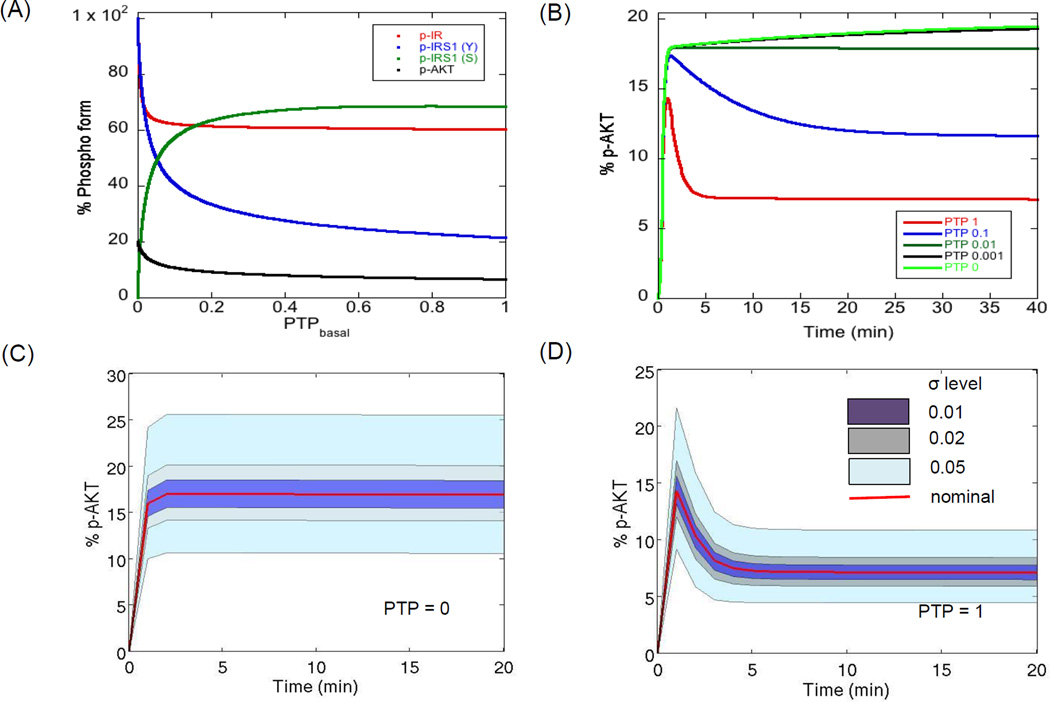Figure 2. Negative modulation of PI3K/AKT pathway molecules by PTP.
(A) Influence of basal PTP levels on steady state levels of the major outputs. The kinetic parameters of the model are kept at their nominal levels and only the levels of PTP are varied. It is observed that the steady state levels of the molecules are highly sensitive to PTP when basal PTP level is less than 1% of the nominal level. (B) Dynamics of p-AKT under different basal PTP levels. Under nominal conditions, we see the typical overshoot behavior, contributed by negative feedback, while very low PTP levels result in a first order behavior. Insulin levels are kept constant at 10−7 M. (C–D) Influence of variations in kinetic parameters on the dynamics of p-AKT when PTP = 0 and PTP = 1. Each free parameter is varied according to the relation in Equation (1) assuming a uniform distribution around the nominal for two extreme PTP levels. Plotted here is the cluster of profiles (shown by banded regions) for different degrees of parameter perturbations. The red curve shows the nominal profile. The insulin concentration is kept constant at saturation (10−7 M).

